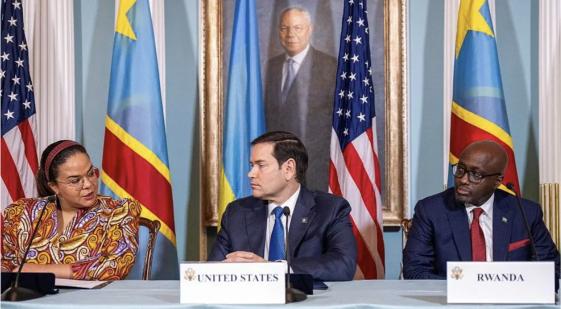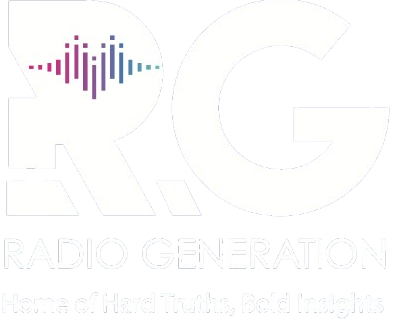Rwanda and the Democratic Republic of Congo have signed a long-awaited peace agreement in Washington, in a bid to end years of recurring violence in eastern Congo and lay the groundwork for potential US involvement in the region’s mineral-rich areas.
The agreement, signed by the countries’ foreign ministers at the US State Department, calls for the disengagement, disarmament, and conditional integration of armed groups operating in eastern DR Congo.
Though details remain limited, leaders from both countries, along with the United States, have hailed the accord as a major diplomatic breakthrough.
President Donald Trump, who played a visible role in the process, posted on his Truth Social platform, “This is a great day for Africa and... a great day for the world!” The office of Congolese President Félix Tshisekedi described it as “certainly the most important [diplomatic success] in over 30 years.”
The peace deal comes after months of intensifying violence that saw M23 rebels capture large swathes of territory in eastern Congo, including Goma, Bukavu, and two airports.
The offensive led to widespread civilian displacement and thousands of deaths. In the wake of these setbacks, the Congolese government reportedly turned to the United States for assistance, offering access to critical minerals, including coltan, which is vital for global electronics production, in exchange for security guarantees.
Despite persistent accusations that Rwanda supports the M23 rebels, Kigali maintains that its military presence in the area is a defensive response to the threat posed by the FDLR, an armed group made up mainly of ethnic Hutus linked to the 1994 genocide.
Rwanda also accuses the Congolese government of backing the FDLR—an allegation Kinshasa denies.
A previous version of the agreement referenced commitments to territorial integrity and non-aggression, as well as plans to assist the return of refugees and internally displaced persons.
However, the final document has yet to be made public, and its exact wording remains under scrutiny.
According to a Reuters report, DR Congo pushed for an immediate withdrawal of Rwandan forces, but Rwanda refused to include any such demand explicitly in the document.
“The words ‘Rwanda Defense Force’, ‘Rwandan troops’ or ‘withdrawal’ are nowhere to be seen in the document,” said Rwanda’s Foreign Minister Olivier Nduhungirehe, while condemning a leak of the draft peace deal.
He insisted Rwanda had demanded confidentiality be maintained throughout the negotiation process.
Still, the Congolese presidency insisted the deal does require the removal of Rwandan forces, albeit using the term “disengagement” instead of “withdrawal”. “Disengagement is more comprehensive,” said a statement from Tshisekedi’s office shortly before the signing.
Key questions surrounding the implementation of the agreement remain unanswered.
Among them are whether the M23 rebels will pull out of occupied zones, whether Rwanda will formally acknowledge and act on its military presence in Congo, and how disarmament of groups like the FDLR will be handled after years of failed attempts.
It is also unclear whether the agreement will allow humanitarian access to rebel-held territories, including the reopening of airports for aid distribution.
Rwandan government spokesperson Yolande Makolo told Reuters that any relaxation of their military posture along the border would depend on the “neutralisation” of the FDLR.
Meanwhile, observers note that the M23 rebel movement itself emerged from a failed peace agreement 16 years ago.
Two prior deals brokered under Angolan mediation in the past year called for the withdrawal of Rwandan forces and joint operations against the FDLR. However, they were never fully endorsed by the respective governments, and Angola officially stepped away from the mediation process in March.
Whether this new Washington agreement will hold where others have failed remains uncertain. For now, both sides are projecting confidence, while the region—and the international community—await concrete actions beyond the signed pages.

